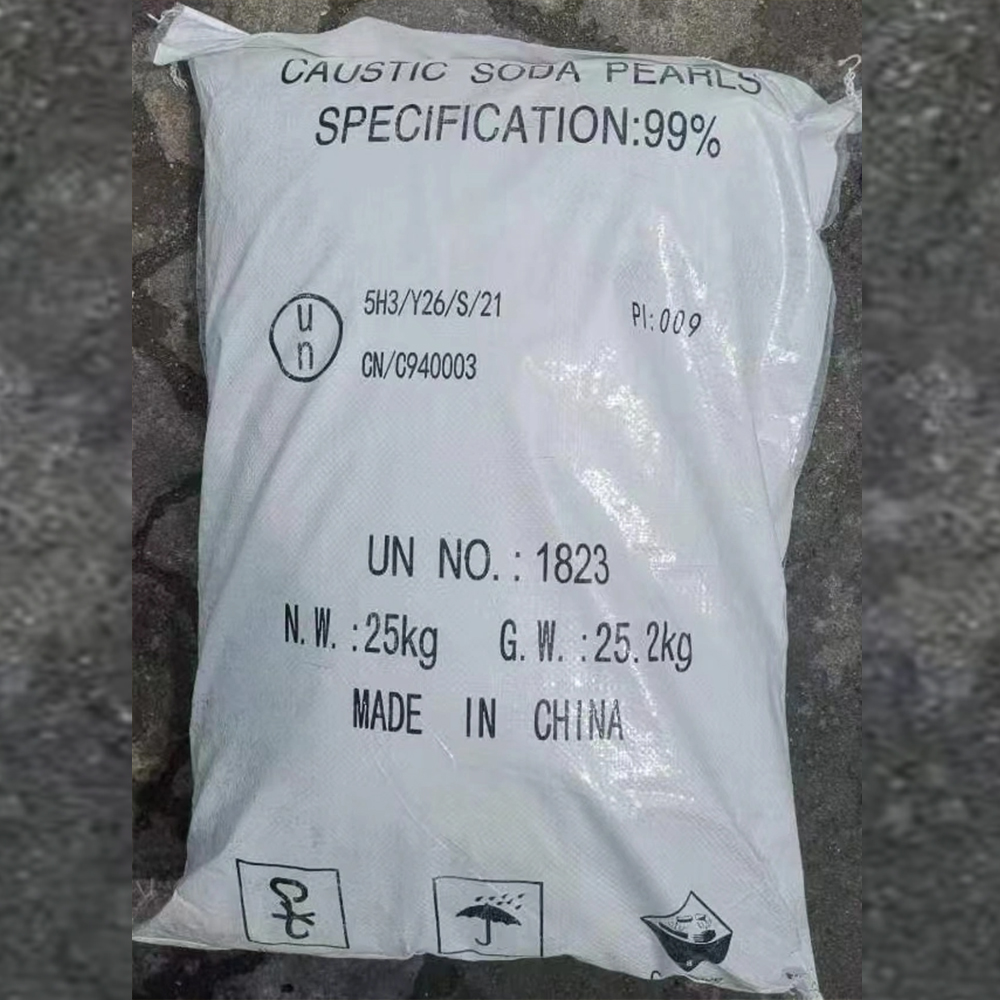



Safety Data Sheet Overview for Sodium Sulfide Chemical Properties and Handling Guidelines
Understanding Sodium Sulfide Its Properties, Safety Measures, and Uses
Sodium sulfide (Na2S) is an inorganic compound that plays a significant role in various industrial applications due to its unique properties. This colorless to yellowish solid has a strong, unpleasant odor similar to rotten eggs, primarily because it releases hydrogen sulfide (H2S) gas upon contact with moisture. Given its chemical nature and potential hazards, it is essential to understand the safety measures and handling guidelines related to sodium sulfide, particularly as outlined in its Material Safety Data Sheet (MSDS).
Chemical Properties
Sodium sulfide is a salt formed by the reaction of sodium hydroxide (NaOH) with sulfur. It is highly soluble in water, forming a strongly alkaline solution. In aqueous solution, sodium sulfide dissociates into sodium ions (Na+) and sulfide ions (S2-), contributing to its reactivity. It is known for its role as a reducing agent in various chemical reactions and is often used to precipitate metal sulfides from solutions.
Industrial Applications
Sodium sulfide finds use in multiple industries. One of its primary applications is in the manufacturing of rayon and other fibers, where it is used in the pulping process. Additionally, it plays a crucial role in the tanning process of leather, aiding in the removal of hair from animal hides. In the mining industry, sodium sulfide is used to recover non-ferrous metals, and in the chemical industry, it is a key component in the production of various chemicals, including sodium thiosulfate.
In the laboratory, sodium sulfide is also utilized as a reagent in analytical chemistry. Its ability to form precipitates with transition metals makes it valuable for qualitative analysis. Furthermore, due to its reducing properties, it is employed in various organic synthesis reactions.
Health Hazards and Safety Precautions
msds of sodium sulphide

Despite its usefulness, sodium sulfide poses several health hazards. Exposure can occur through inhalation, skin contact, or ingestion. The MSDS for sodium sulfide highlights various health effects associated with exposure to this compound. Acute inhalation can lead to respiratory irritation, while prolonged exposure may result in serious respiratory conditions. Skin contact can cause irritation, burns, and rashes, while ingestion may lead to severe gastrointestinal damage.
Given these risks, it is crucial to implement strict safety measures when handling sodium sulfide. Personal protective equipment (PPE) such as gloves, goggles, and appropriate respirators should be worn to mitigate risks. It is also essential to work in a well-ventilated area or under a fume hood to minimize inhalation exposure.
Emergency Measures
In case of accidental exposure to sodium sulfide, immediate action is essential. If inhaled, the affected individual should be moved to an area with fresh air, and medical help should be sought if symptoms persist. For skin contact, the affected area should be washed thoroughly with soap and water. In cases of ingestion, medical advice must be sought immediately; do not induce vomiting unless instructed by a medical professional.
Additionally, it is vital to have clear emergency procedures in place, including spill response plans, and to ensure that all personnel handling sodium sulfide are adequately trained in these procedures.
Conclusion
Sodium sulfide is a versatile compound with significant industrial applications, but it also poses considerable health risks if not handled correctly. Understanding the properties, uses, and safety measures associated with sodium sulfide is essential for anyone working with this compound. By adhering to guidelines presented in the MSDS and implementing appropriate safety precautions, the risks associated with sodium sulfide can be effectively managed, allowing for its continued application in various fields without compromising safety. In a world where chemical substances play a critical role in industry and research, knowledge and respect for these materials are paramount in ensuring safe practices and environmental protection.
-
Why Sodium Persulfate Is Everywhere NowNewsJul.07,2025
-
Why Polyacrylamide Is in High DemandNewsJul.07,2025
-
Understanding Paint Chemicals and Their ApplicationsNewsJul.07,2025
-
Smart Use Of Mining ChemicalsNewsJul.07,2025
-
Practical Uses of Potassium MonopersulfateNewsJul.07,2025
-
Agrochemicals In Real FarmingNewsJul.07,2025
-
Sodium Chlorite Hot UsesNewsJul.01,2025










